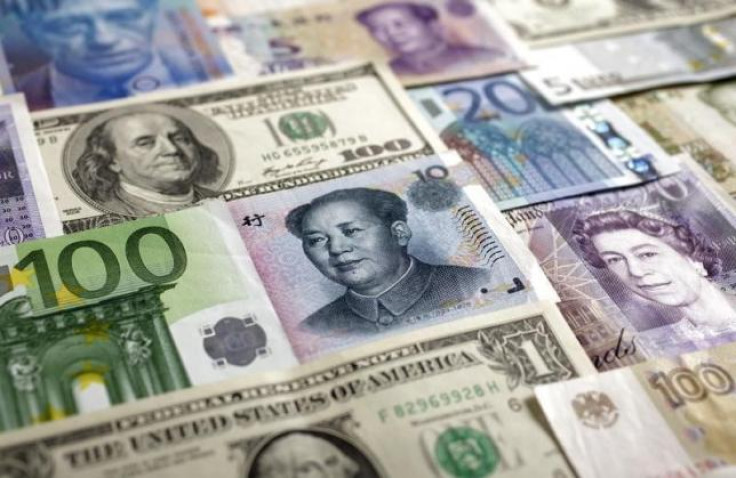Central banks watch: Fed decision in focus while rate changes expected in Russia and Brazil

All eyes on the Federal Reserve once again as the bank is likely to strengthen its hawkish stance with more details and confidence at this week's rate review, while a mixed set of policy bias is expected from a host of emerging market economies, which are also scheduled for rate decisions in the last week of July.
Russia is likely to cut rates as it is scrambling to shore up the GDP rate from deep negative region, while Brazil may hike despite downside risks to growth as accelerating inflation has complicated the economic scenario of the largest Latin American economy.
Israel, Egypt, Columbia and Mexico have also been listed in the rate setters calendar for the 26 July to 1 August.
Commodities plunge and a firmer US dollar will be two main external parameters playing crucial roles in setting monetary policy anywhere in the current setting, in addition to various domestic issues individually applicable.
Slowing China and evolving Eurozone scenario with Greece facing tougher austerity commitments amid worsening political uncertainties will also be matters of concern for central banks globally.
Fed stance
The Fed Chairwoman Janet Yellen has recently said that the US interest rates may increase this year itself.
Yellen told the House Financial Services Committee on 15 July that "conditions likely would make it appropriate at some point this year to raise the federal funds rate target".
As per a posting on the Fed's website, which the central bank later admitted was posted by mistake, staff at the Federal Reserve board see a single quarter-point US rate hike by the year's end.
Analysts at the Fed also see US inflation stuck in low gear for five more years, and the economy growing more slowly than expected earlier.
This month's rate announcement will be on 29 July Wednesday at 7pm London time.
The dollar index rallied to a three-month high of 98.16 in about five days after Yellen's comments from near 96.26 but now has come off to 97.24.
Russia and Brazil
The global commodities slump will be more hitting the Russian Federation given the huge share of petroleum in its total shipments. Exports make nearly 30% of Russian GDP while it is 11.5% for Brazil.
As per the revised estimates, the Russian economy contracted 2.2% in the first three months of this year and many forecasters have predicted as deep as 5% contraction for the second quarter.
The Central Bank of Russia slashed the main interest rate by 100 basis points at the 15 June review taking it to a seven-month low of 11.5%. Some projections see the rate to lowered to 11% at the 31 July decision.
It was in January the CBR started cutting rates after steeply raising it to 17% in December last year.
Brazil's GDP rate is also in the negative territory and the -1.6% recorded for the first quarter was its fourth consecutive below-zero number.
But with inflationary pressures keep rising, the Brazilian central bank has been keeping a tightening bias since 2013, when the Selic rate was near 7%.
With this year's increase amounting to 200 basis points, the benchmark interest rate stands at a multi-year record of 13.75% and analysts predict further rise. Some see it being hiked to 14.25% on 30 July.
Others
Israel had lowered its benchmark interest rate by 15 basis points to 0.1% in the first quarter where it has been kept since.
Analysts expect no further cut at the 27 July decision despite the deflationary scenario continuing for nearly a year as growth conditions have been improving.
Egypt had cut the key interest rate by 50 basis points to 8.75% at the January month review and there has been no change since then. Market expects no change at the 30 July meeting too.
Mexico has its rate at 3% for quiet a while now and Columbia has been keeping it at 4.5% for more than a year.
Both the central banks are not expected to alter rates at this week's review, scheduled for 30 July (Mexico) and 1 August (Columbia).
© Copyright IBTimes 2024. All rights reserved.






